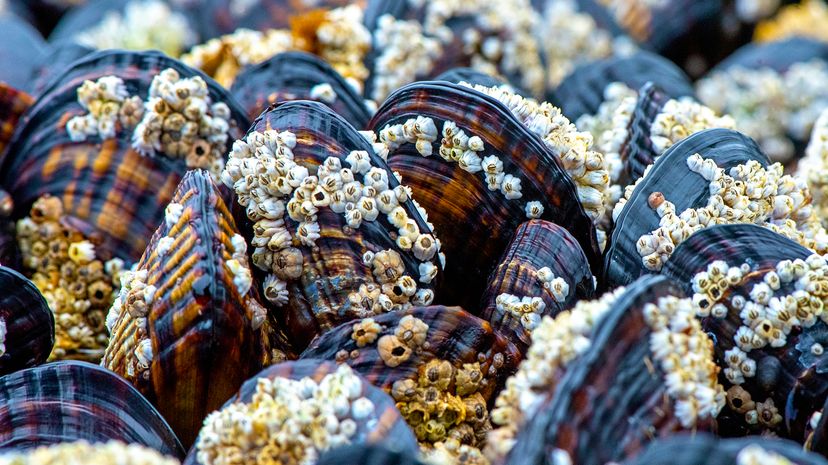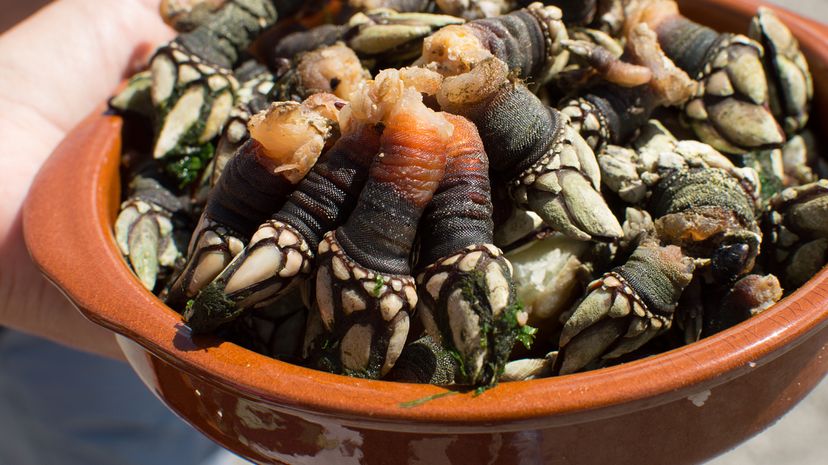
Ever notice those little crusty clumps stuck to rocks, boat hulls or even whales? Those are barnacles, and while they might not look like much, they're marvels of the natural world.
These tiny creatures are crustaceans, closely related to crabs and lobsters, and they’ve evolved some wild adaptations for life in the intertidal zone. Barnacles attach to a surface once and stay put for life.
Advertisement
Most barnacles, especially the acorn and gooseneck varieties, start life as barnacle larvae drifting in the ocean before transforming into juvenile barnacles and settling down on a hard surface.


